(NLDO) - The James Webb Space Telescope has discovered the sky bubbling with toxic gas on a super-Earth just 35 light years away.
Scientists have just unveiled the mystery of L 98-59 d, a super-Earth orbiting the red dwarf star L 98-59 just 35 light-years away.
This red dwarf system with several planets around it was previously known thanks to NASA's TESS telescope, but only in sketchy terms.
Now, thanks to the greater power of the NASA/ESA/CSA (US, European and Canadian space agency) James Webb telescope, L 98-59 d becomes the smallest world humanity has ever observed in its atmosphere.
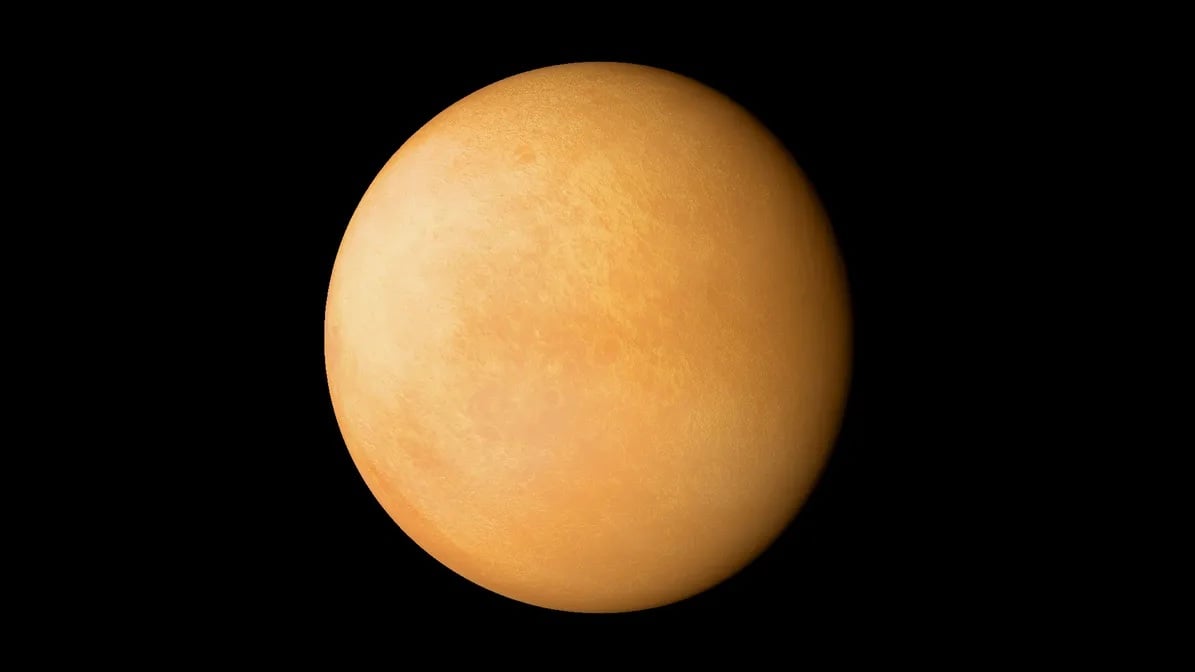
Super Earth L 98-59 d has a deadly atmosphere - Graphic: NASA
L 98-59 d is a rocky planet similar to Earth, slightly larger in size – about 1.5 times. But it is a hellish world.
Writing in the science journal The Conversation, Dr. Agnibha Banerjee from the Open University of the UK said that the atmosphere of this super Earth is dense with sulfur dioxide (SO 2 ) and hydrogen sulfide (H 2 S).
These gases were identified based on spectral data collected by James Webb about the planet.
This is a surprising finding, the authors say, because this atmosphere is in stark contrast to the atmospheres of rocky planets in the Solar System, where water vapor and carbon dioxide (CO 2 ) are much more common.
For example, Earth's atmosphere is rich in nitrogen and oxygen, with a small amount of water vapor. Venus's deadly atmosphere is also mostly carbon dioxide, and so is Mars'.
Scientists used a computer model to paint a picture of the planet's potential death sky and concluded that these features were formed by processes completely different from those that took place in the Solar System.
"This suggests unique and extreme conditions on L 98-59 d, such as a molten or volcanic surface," said Dr. Banerjee.
The presence of SO₂ and H₂S also raises questions about their origin.
The most likely possibility is a tidal-heated volcanic eruption, much like what has been observed on Jupiter's moon Io.
The gravity of the parent star on L 98-59 d stretches and squeezes it as it orbits, heating the planet's center, melting its interior and creating extreme volcanic eruptions and even magma oceans.
So this super-Earth is not the promised land of life. But according to Dr. Banerjee, this extreme world is still a great discovery, helping us understand the diversity of planetary evolution across the galaxy.
Source: https://nld.com.vn/mot-trong-nhung-sieu-trai-dat-dang-so-nhat-vu-tru-lo-dien-196241118083500669.htm








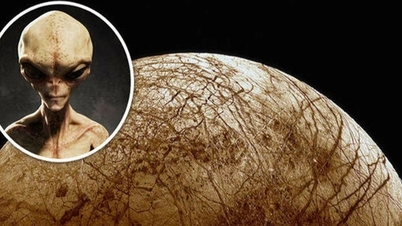

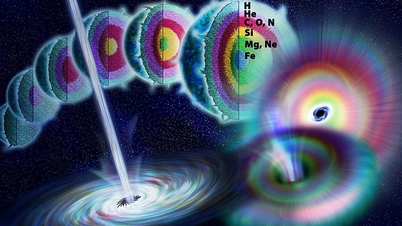

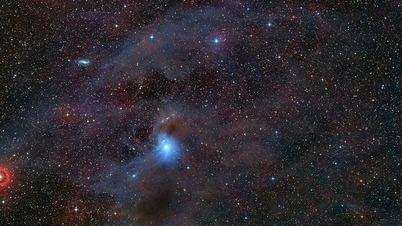
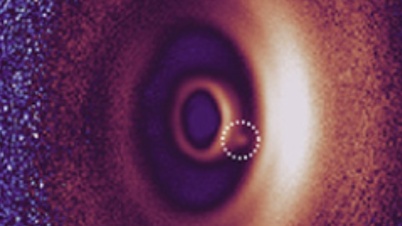


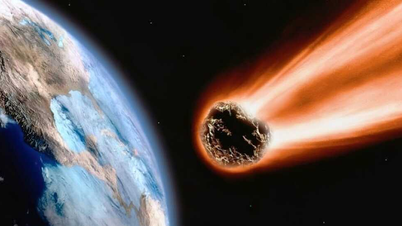



















![[Photo] Worshiping the Tuyet Son statue - a nearly 400-year-old treasure at Keo Pagoda](/_next/image?url=https%3A%2F%2Fvphoto.vietnam.vn%2Fthumb%2F1200x675%2Fvietnam%2Fresource%2FIMAGE%2F2025%2F12%2F02%2F1764679323086_ndo_br_tempimageomw0hi-4884-jpg.webp&w=3840&q=75)
![[Photo] Parade to celebrate the 50th anniversary of Laos' National Day](/_next/image?url=https%3A%2F%2Fvphoto.vietnam.vn%2Fthumb%2F1200x675%2Fvietnam%2Fresource%2FIMAGE%2F2025%2F12%2F02%2F1764691918289_ndo_br_0-jpg.webp&w=3840&q=75)


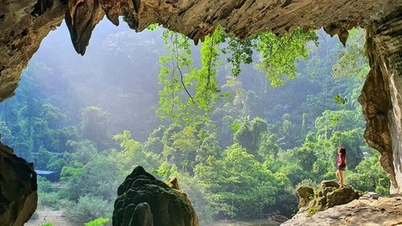

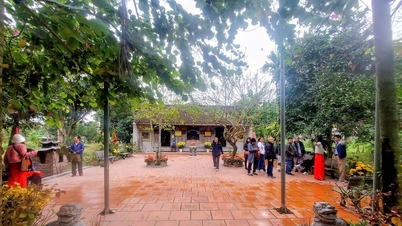






































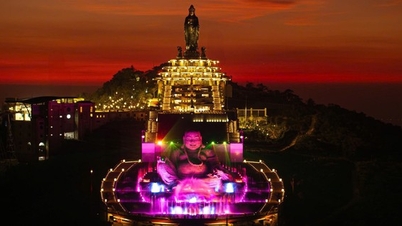










![[Infographic] 3 important milestones of the "Quang Trung Campaign"](https://vphoto.vietnam.vn/thumb/402x226/vietnam/resource/IMAGE/2025/12/04/1764800248456_fb_ava-2.jpeg)
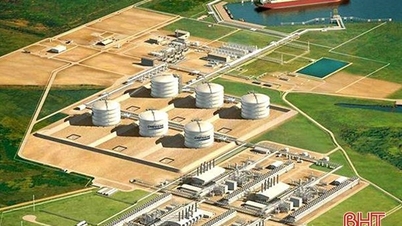
















Comment (0)